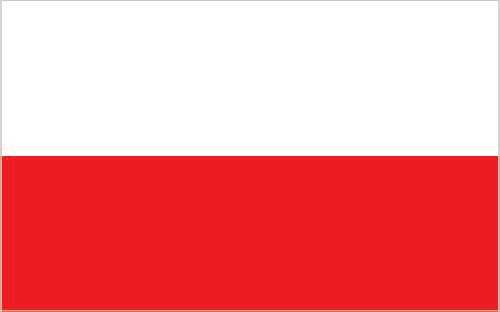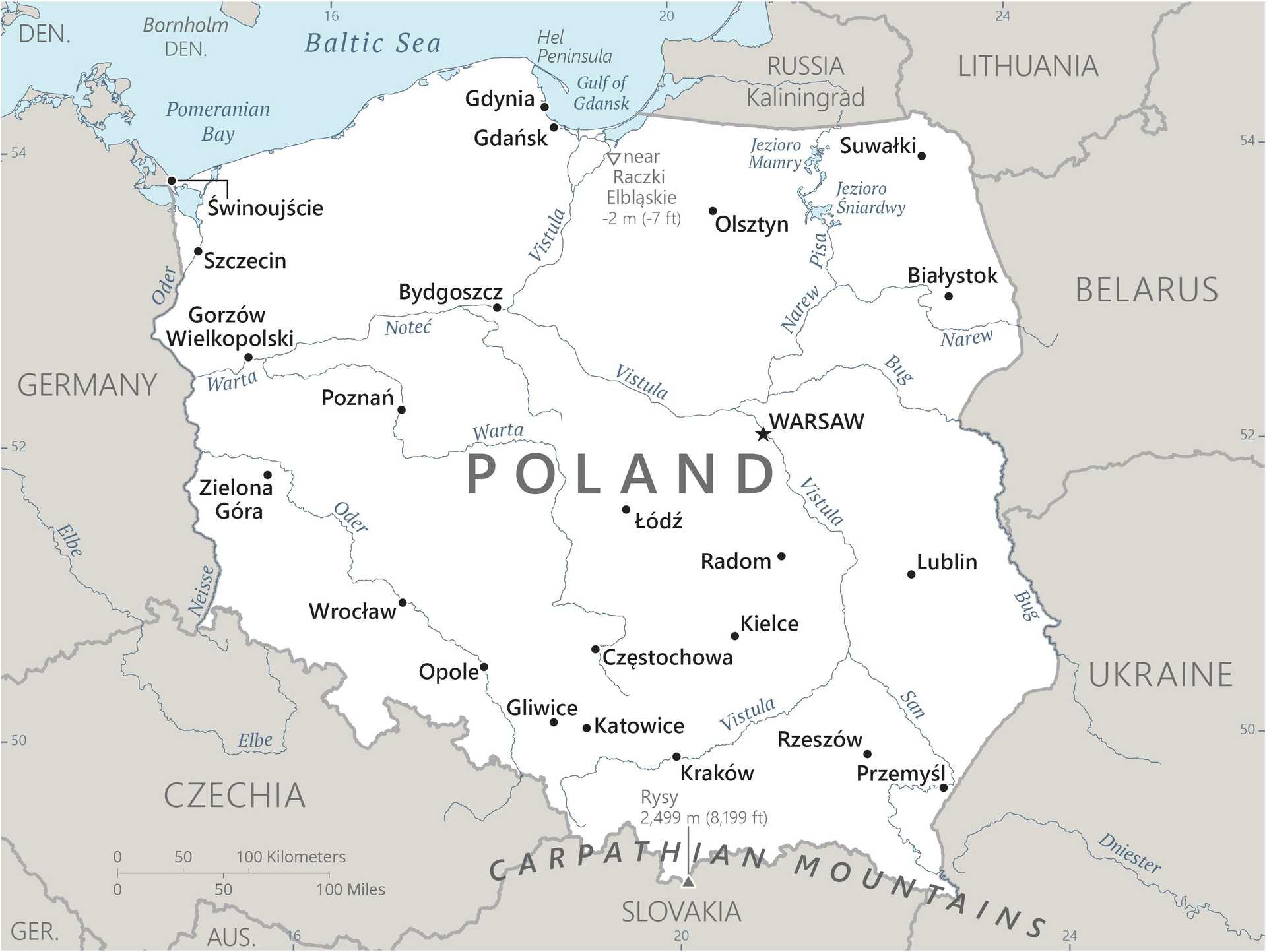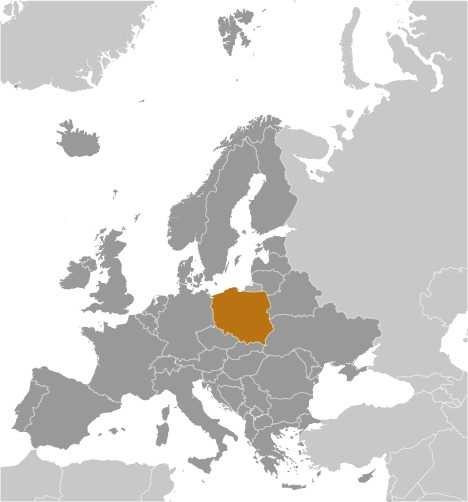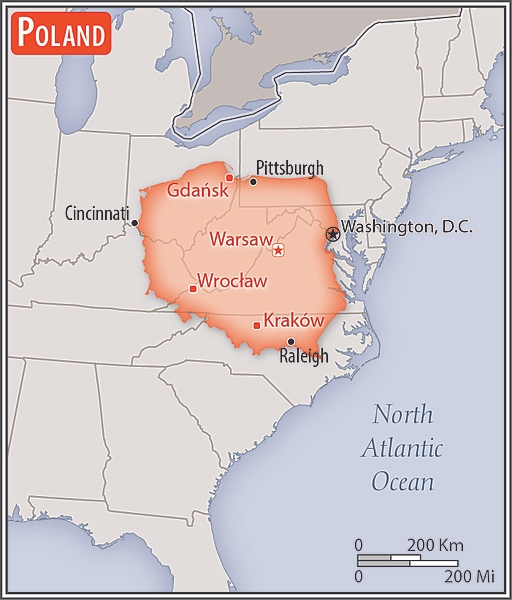Introduction
Visit the Definitions and Notes page to view a description of each topic.
Geography
People and Society
Population
comparison rankings: total 38; male 40; female 36
Languages
Median age
comparison ranking: total 38
Population growth rate
comparison ranking: 230
Birth rate
comparison ranking: 207
Death rate
comparison ranking: 14
Net migration rate
comparison ranking: 210
Maternal mortality ratio
comparison ranking: 193
Infant mortality rate
comparison ranking: total 177
Life expectancy at birth
comparison ranking: total population 101
Total fertility rate
comparison ranking: 217
Obesity - adult prevalence rate
comparison ranking: 68
Alcohol consumption per capita
comparison ranking: total 13
Tobacco use
comparison ranking: total 56
Education expenditure
comparison ranking: Education expenditure (% GDP) 80
Environment
Carbon dioxide emissions
comparison ranking: total emissions 25
Government
Economy
Real GDP (purchasing power parity)
comparison ranking: 20
Real GDP growth rate
comparison ranking: 121
Real GDP per capita
comparison ranking: 50
Inflation rate (consumer prices)
comparison ranking: 121
GDP - composition, by sector of origin
comparison rankings: agriculture 137; industry 74; services 88
Industrial production growth rate
comparison ranking: 144
Labor force
comparison ranking: 37
Unemployment rate
comparison ranking: 22
Youth unemployment rate (ages 15-24)
comparison ranking: total 120
Gini Index coefficient - distribution of family income
comparison ranking: 129
Public debt
comparison ranking: 101
Taxes and other revenues
comparison ranking: 65
Current account balance
comparison ranking: 50
Reserves of foreign exchange and gold
comparison ranking: 18
Energy
Electricity
comparison rankings: installed generating capacity 22; consumption 26; exports 22; imports 15; transmission/distribution losses 178
Energy consumption per capita
comparison ranking: 46
Communications
Telephones - fixed lines
comparison ranking: total subscriptions 28
Telephones - mobile cellular
comparison ranking: total subscriptions 34
Broadband - fixed subscriptions
comparison ranking: total 25
Transportation
Merchant marine
comparison ranking: total 75





